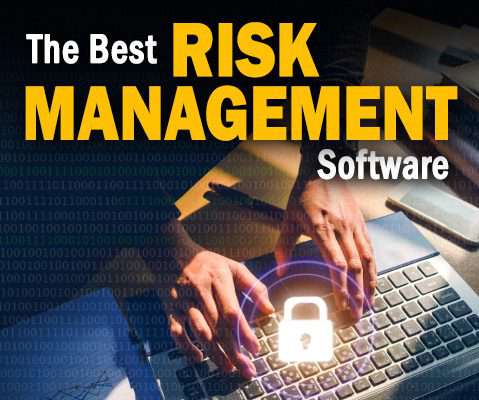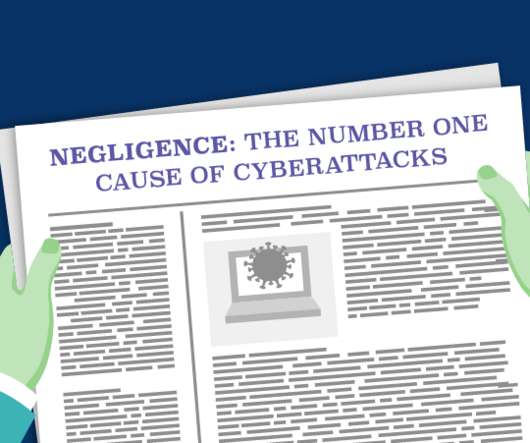5 Steps to Implement Enterprise Risk Management (ERM)
Reciprocity
AUGUST 18, 2022
The two fundamental components of ERM are (1) the evaluation of significant risks, followed by (2) application of adequate responses. Passing or sharing the risk via insurance, joint venture, or another arrangement. Mitigating or reducing the risk by internal controls or other risk-prevention measures. Step 2: Assess the Risks.



















Let's personalize your content